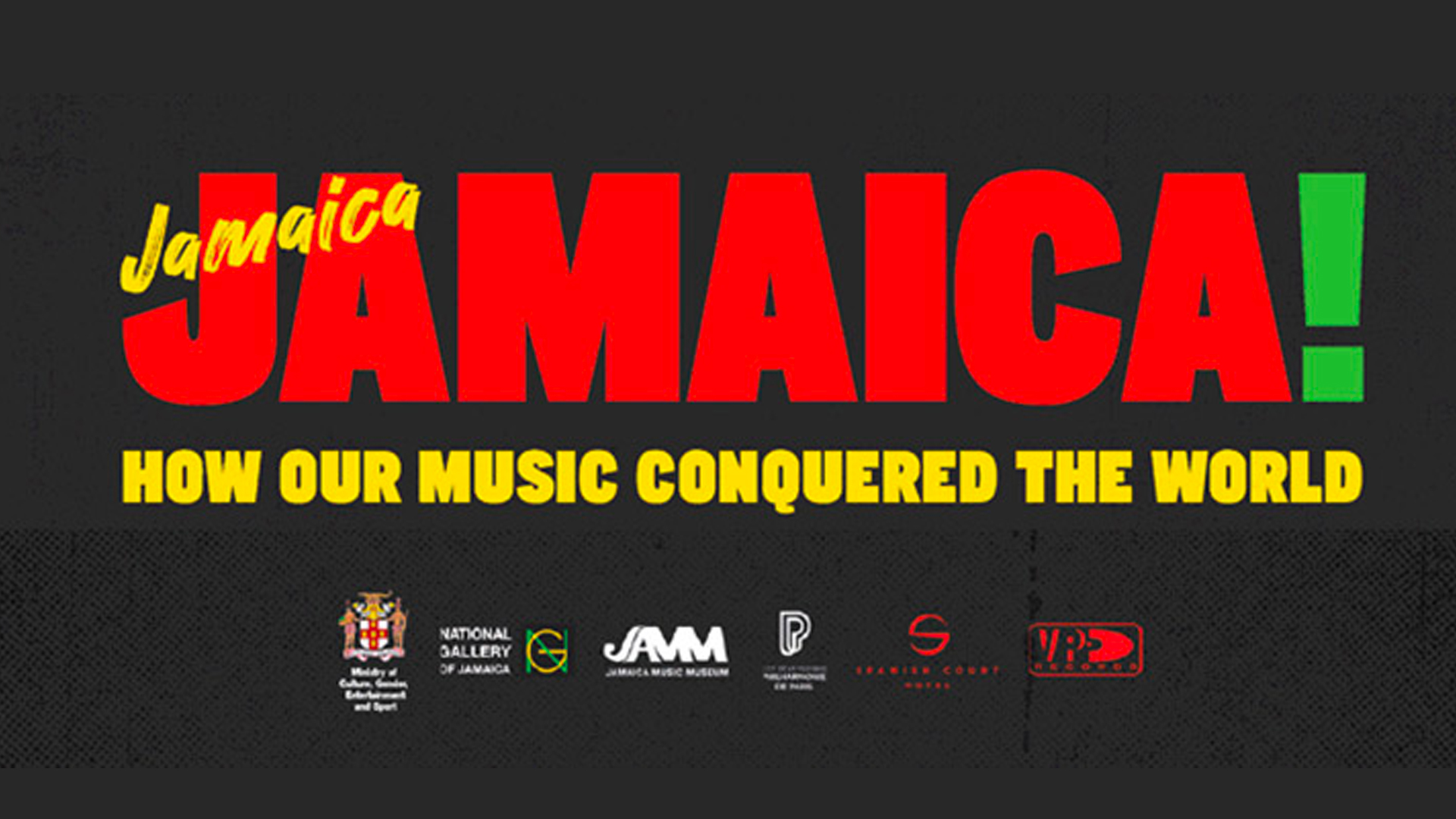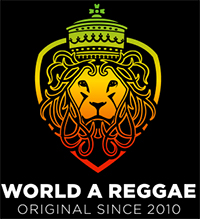by David Katz
The ambitious 2017 staging of the multifaceted exhibition Jamaica Jamaica! in Paris brought the presentation of Jamaica’s rich musical culture to another level. Easily the most comprehensive exhibition on the topic, Jamaica Jamaica! gave untold insights into the evolution of the music and its attendant culture and was largely a success because curator Seb Carayol worked directly with rightsholders and cultural institutions on the ground in Jamaica, to make sure that the correct people were paid and that everything was properly acknowledged.
A later staging in Sao Paulo, Brazil, helped to integrate the majority Jamaican content with some local equivalents, allowing the tale to achieve greater global reach, with parallels and differences in the spotlight.
Then, the opening of the Jamaica Jamaica! exhibition at the National Gallery of Jamaica in February 2020 was hugely significant. At last, an exhibition of unmatched calibre on Jamaican soil, housed in the island’s major art institution, right in the heart of downtown Kingston, a few short streets from the epicentre of the Jamaican recording industry that sprung up from the late 1950s. Jamaica Jamaica! had come home, and an unexpected consequence of the pandemic meant that instead of running for a mere six months, the exhibition has been there ever since, allowing me to experience it in all its glory on a visit to Jamaica for Reggae Month in February 2022.
Although retaining the robust core of the original Paris exhibition, the Jamaican edition is again significantly different, most notably in its inclusion of exceptional artworks from the gallery’s own collection, including timeless Edna Manley sculptures and evocative paintings by the likes of Sidney McLaren, Everald Brown, Osmond Watson, and other Jamaican greats.

This immersive experience begins with Brown’s unusual instruments, including a one-stringed bass, modeled after an ancient equivalent depicted in the portraiture of Isaac Mendes Belisario, who made some of the earliest known portraits of Jamaican life; there is also an ornately decorated ‘dove harp’ and Clovis Watson’s commemorative emancipation drum, setting the tone with a reminder that the roots of this music lies in slavery, and imparting a sense of continuity in its rhythms of resistance that continue to thrive in the present.
The main exhibition begins with the historical context of the long colonial phase, beautifully illustrated by colour Bellisario prints, David Pottinger’s painting Nine Night and some Clinton Hutton photo work depicting spirit possession; on the back wall, there are rhumba boxes and original mento releases from the years before rhythm and blues took hold. In a second room, we find Headley Jones’ pioneering solid body electric guitar, next to an axe that was Ernest Ranglin’s, and then enter the ska zone, complete with original Instruments that belonged to the Skatalites, and there are rare original photographs of Roland Alphonso, Ernest Ranglin and Margarita Mahfood, among others.
We soon reach a Wailers zone with individual profiles of Bob, Peter and Bunny, heightening Trench Town as a significant site of musical innovation, with more rare photographs and vintage instruments, including an organ from Studio One and one of King Jammy’s mixings desks from the 1970s, an Augustus Pablo melodica, and the same Casio keyboard on which the ‘Sleng Teng’ riddim was devised, as well as a papal hat and decorated trousers, formerly worn by Lee ‘Scratch’ Perry as stage garb. The Harder They Come is given pride of place too, with the famous ‘star’ T-shirt worn by Jimmy Cliff on prominent display, as well as original film reels and Perry Henzell’s typewriter. Later, massive portraiture of reggae and dancehall icons by noted Greenwich Farm street artist Bones and colleague Gideon Reid remind of their important contributions in full colour, and there are signs from Coxsone’s Muzik City and other establishments.

Then, in a backroom devoted to dancehall, there are suitably raunchy photos of dancers and a very lewd video, alongside gritty portraits of iconic figures such as Ninajaman and Vybz Kartel, mostly taken by Peter Dean Rickards; hilarious signs advertising dancehall gigs are displayed on a sidewall and there is a strangely customized dancehall race car on an elevated platform, reminding that the form harnesses technology and style to new ends. Then, special handmade paintings on vinyl, done by Matthew McCarthy in 2020, speak to the originality of the ‘Reggae Revival’ generation, emphasizing that the culture continues to evolve across multiple platforms.
Everything is displayed on clear white walls with adequate lighting and plenty of space, allowing the artwork and images to really come to life. I left the exhibition feeling exhilarated, with the sense that the music has already been making its tremendous impact for nearly 70 years, and that it undoubtedly has so much more to come; other visitors made clear that they were equally enthralled. I believe that the exhibition should find a permanent home in Jamaica and encourage everyone to visit it while the opportunity exists for us to do so.



